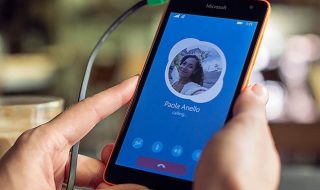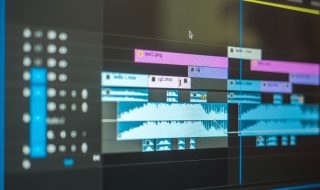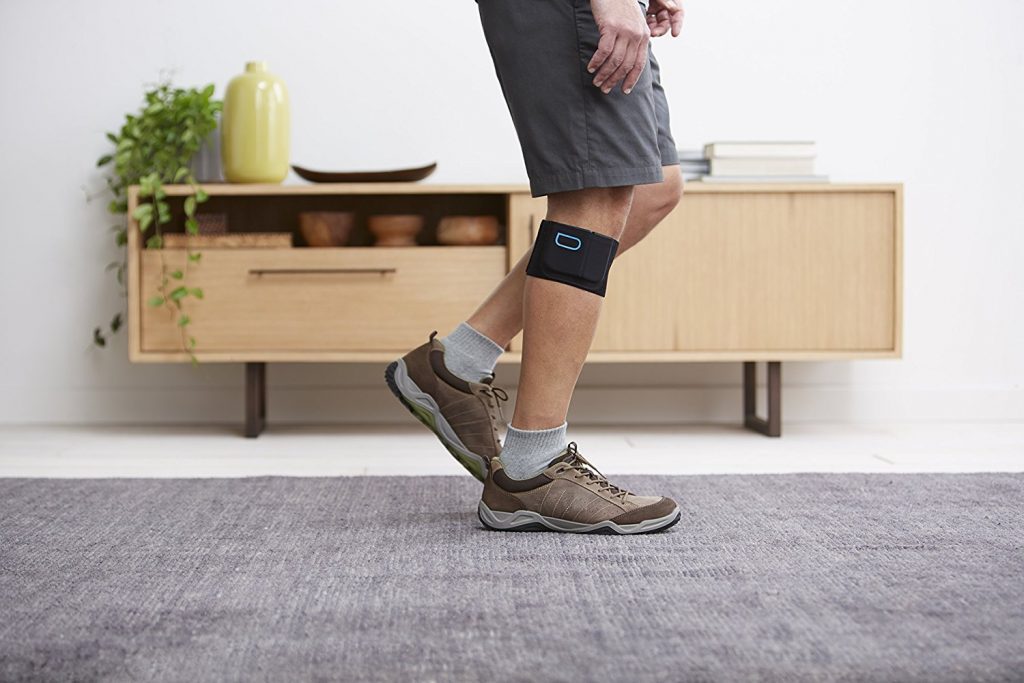
Those of you who watch Star Trek will be waiting with baited breath for the next installment in the Tricorder X Prize. Here, dozens of research groups are all vying to be the first to build a genuine medical device that can diagnose any condition. Sound futuristic?
The prize was set up by Qualcomm, the mobile chip giant. It’s currently offering more than $10 million to the first team to produce a device that can diagnose patients noninvasively. The device must weigh no more than five pounds and must be able to diagnose more than a dozen conditions.
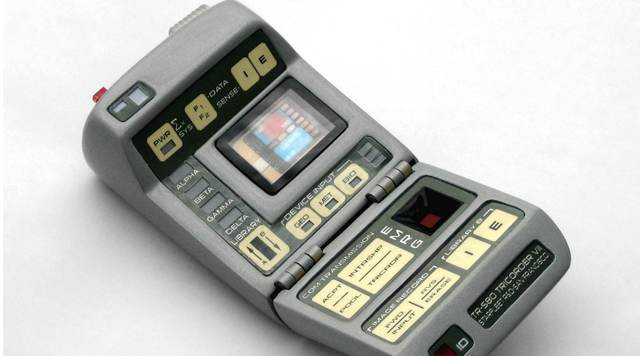
A real-life medical tricorder: XPrize wants to make it so
The X Prize was first organized back at the Consumer Electronics Show in 2012. When it was launched, nobody expected it to bear fruit – at least not for a long time. But as so often happens with technology, people underestimate what can be achieved. Now according to the official website, Qualcomm expects to start giving out prizes as early as next year.
This, of course, isn’t just down to the research efforts of one particular research group. The whole economic system is now hell bent on producing ever smaller and more capable devices. Laser lighting is improving all the time, sensors are getting smaller, and new materials are being made. It’s all leading inexorably to a world in which medical devices fit in our pocket. In fact, there’s a case to be made that we’re already here.
Digital technology, as well as the internet of things, means that medical devices are now a true possibility. Let’s take a look at some of the stuff that’s been going on in the sector.
A Pain Relief Wearable That Wraps Around Your Leg
We’ve all either seen or used those knee supports you can get from the drug store. They provide some extra strength and rigidity to weak joints.

Quell – Wearable Pain Relief – Starter Kit Available Now on Amazon
Now a company called Quell has come up with an Internet-connected version of the humble knee support. It’s called Quell Relief, and it’s designed for people with knee problems and defects. It’s not exactly like a run-of-the-mill knee brace, however. Inside it has dozens of sensors. These sensors provide data to a companion app. These data can then be used to modify the function of the brace and track the healing process. The brace also has a button on the side that users can press for pain relief. The switch is designed to inhibit painful muscle spasms that often accompany knee problems.
A Device That Monitors Your Heart
Just ten years ago, if you wanted to monitor your heart, you had to go to hospital. But today, you can get an ECG right in your living room. How? Well, it’s all thanks to Qardiocore, something the makers call the “connected ECG monitor.” The idea is something like this. Users strap the wearable sensor onto their chests. The sensor then connects, via Bluetooth to their tablet or mobile. They can then use the companion software to interpret the read outs. Any problems with their heart and the software will alert them immediately.
The company behind the sensor claims that it has some advantages over regular ECG monitors. The first advantage is that there’s no need for gel or sticky patches to get a good reading. The sensors work just fine by themselves. The other advantage they say is that it is only a fraction of the weight of hospital ECG systems.

QardioCore – a wearable ECG/EKG monitor
The company’s vision for the device is to connect patients to doctors over the cloud. As soon as the device detects any irregularities, doctors will be informed. It is hoped that this will reduce the number of deaths from heart attacks in the future.
A Device That Automatically Collects Vital Information When Exercising
Over the last few years, we’ve become accustomed to wearables that monitor our exercise. But now a company called Cloud DX wants to take that paradigm a stage further. One of the annoying things about a lot of these fitness apps is the amount of fuss they require before you set off.
Cloud DX wants to get rid of all that. They’ve created a device in the shape of a necklace that automatically records all of your vitals. On the surface, the necklace looks rather unremarkable. But underneath the plastic, there are all manners of sensors. The company behind it claims that it can track things like your movement, body temperature, oxygen levels and so on. The device then connects to the internet and transmits all that data to the cloud. Once the data are stored, the user can then go to them, as and when they please. The data tell users about their fitness, diet, and progress.
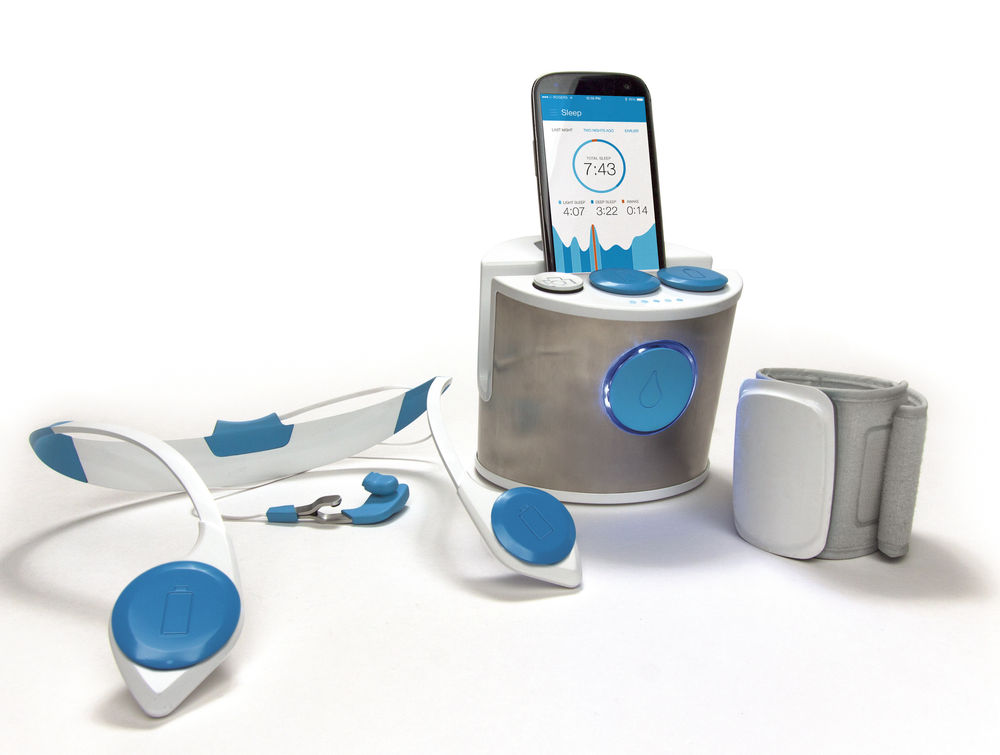
SXSW 2015: THE STAR TREK TRICORDER IS REAL AND WILL DIAGNOSE YOU SOON
Cloud DX hopes that the device will be a popular replacement for other systems. The Vitali, as it is called, is compatible with iOS and Android.
Contact Lenses That Monitor Diabetics
Google is a company that has its fingers in a lot of pies. Until recently, it had a massive life sciences division, tasked with solving the world’s diseases. As you might expect from the company, the solutions on offer were highly technological. One of the most celebrated are contact lenses, designed to detect high blood sugar levels.
It’s been known for a while that myopia and diabetes are linked. They’re two diseases often bundled together into what people in the medical field call Western diseases. Western diseases also include things like heart disease, bowel cancer, constipation, and hemorrhoids. The idea behind Google’s contact lenses is to monitor blood glucose through a patient’s tears. These data will then relayed to their mobile device, either iPhone or Android. The patient can these show these data to their healthcare professional or use them themselves.
The Future of Diabetes Management: 8 Reasons to be Optimistic! – The Medical Futurist
Google is currently working with a giant Swiss pharmaceutical company to make it happen. The main obstacles at the moment are making the devices comfortable to wear. In the future, these contact lenses will some become standard as glucose detection technology gets smaller. We await the final product with baited breath.
A Device That Doctors Can Use To Monitor Patients From Home
We’ve already spent some time discussing the growing trend of doctors monitoring patients from home. A company called HealthPatch MD wants to take that trend up a notch.
The company has produced what essentially looks like a patch that goes over the forearm. Inside the patch are a host of sensors and gyros. These sensors monitor the heart and track movement. They also detect breathing rate and temperature. The idea is to alert doctors at the first sign of trouble, for instance, a sudden jerking movement.
It is hoped that these patches can be used in places like hospitals and nursing homes. Patients would wear these patches. And then if anything happened to them, like falling out of bed, medics would be immediately alerted.
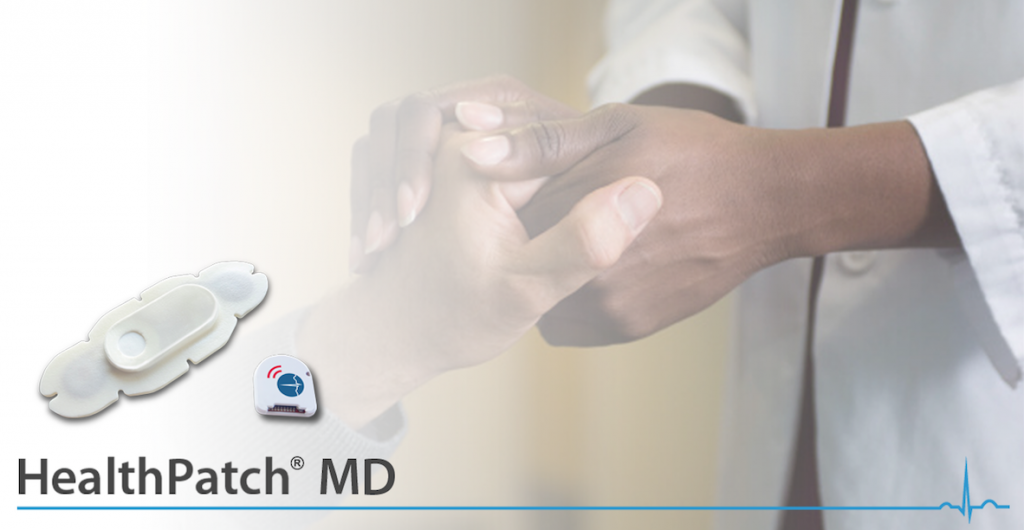
Like the other technology we’ve discussed, these devices also connect to external devices. Again, users are able to collect information from the readouts on their tablets and smartphones. Unlike many of the other products we’ve discussed today, HealthPatch MD already has approval from the FDA. We could see this product rolled out before 2020.
A Back Therapy Kit
Burning Back Pain with Radio Frequency Ablation
Around 80 percent of Americans will suffer from back pain at some point in their lives. That’s an astonishing statistic and one that isn’t getting better over time. Now a company called Valedo is trialing it’s Back Therapy Kit in an attempt to solve the problem.
The device works something like this. Users place the device on their lower back, or wherever they’re experiencing pain. They then fire up their tablet or app. The companion app is actually a game. Its job is to give the patient different exercises to do. The device on the back then collects data and feeds this back to the app. These data can then be interpreted at a later date by a physician.
A Device That Wants To Bring Asthma Under Control
Asthma is one of the most terrifying conditions out there. Not being able to breathe is very scary. It’s also one of the most annoying conditions to monitor. Until now, doctors had had to rely on patient testimonials without any real data to back them up.
A company called Health Care Originals has decided to change all that. It’s come up with a device that asthmatics can use to monitor their condition. The device is called ADAMM, short for automated device for asthma monitoring and management. The device is able to hook up to the hospital’s own private network. This allows nurses and doctors to keep track of a patient’s condition. It also means that symptoms can be more accurately tracked through time. Doctors can get a real sense of whether a patient’s condition is deteriorating or not.
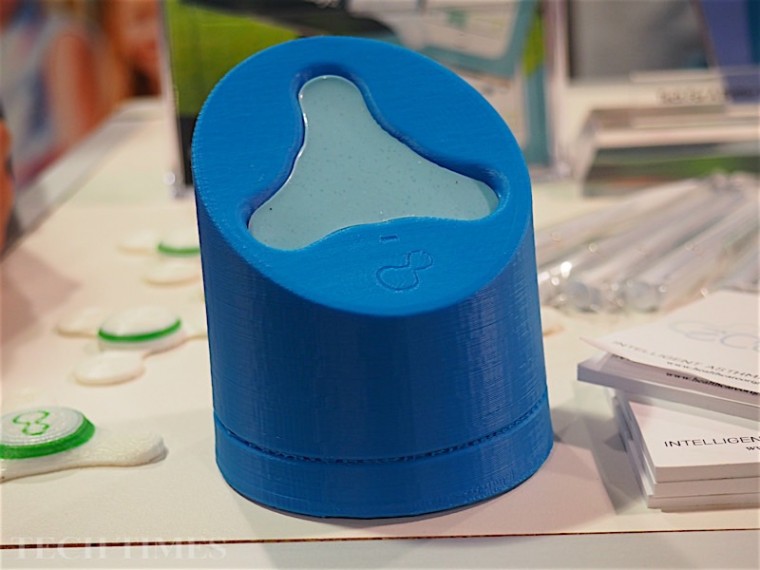
Here’s A Patch That Monitors For Early Signs Of An Asthma Attack
Perhaps the biggest impact of the device, however, is the fact that it will free up doctor time. Doctors won’t have to spend hours collecting data from asthmatic patients. Instead, they’ll be able to monitor them remotely and visit them only when they need help.


